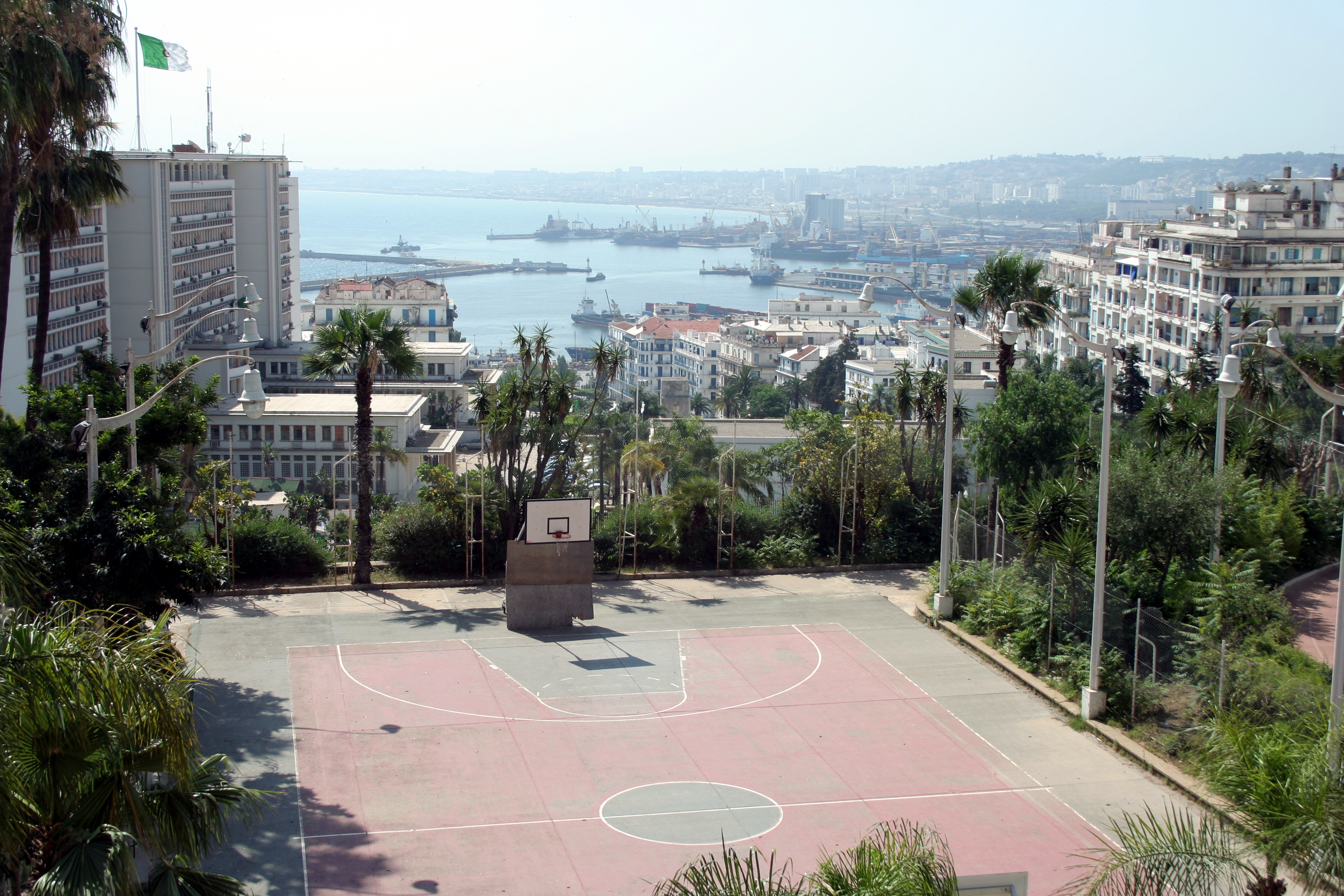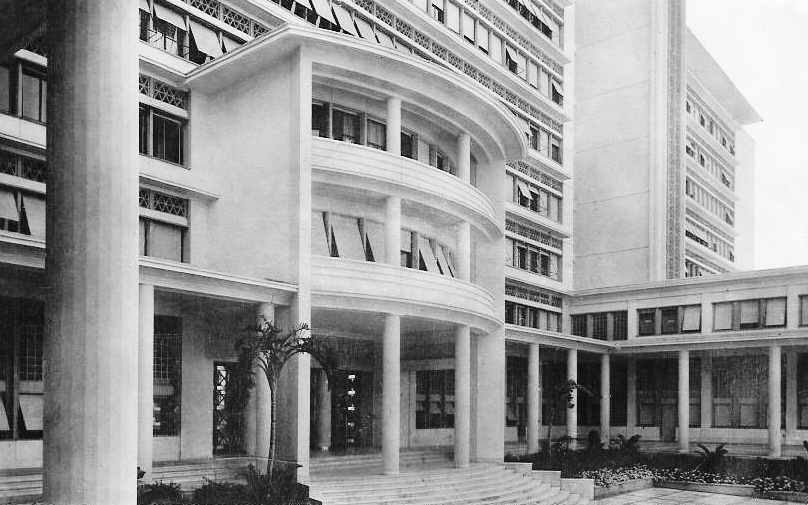Government Palace (Algiers) on:
[Wikipedia]
[Google]
[Amazon]
 The Government Palace ( ar, قصر الحكومة, french: Palais du Gouvernement), known before 1962 as ''Gouvernement général'', is the office of the Prime Minister of Algeria and a major public building in
The Government Palace ( ar, قصر الحكومة, french: Palais du Gouvernement), known before 1962 as ''Gouvernement général'', is the office of the Prime Minister of Algeria and a major public building in
 The project to build a new seat for the government of
The project to build a new seat for the government of
 The Government Palace crowns the
The Government Palace crowns the
 The Government Palace ( ar, قصر الحكومة, french: Palais du Gouvernement), known before 1962 as ''Gouvernement général'', is the office of the Prime Minister of Algeria and a major public building in
The Government Palace ( ar, قصر الحكومة, french: Palais du Gouvernement), known before 1962 as ''Gouvernement général'', is the office of the Prime Minister of Algeria and a major public building in Algiers
Algiers ( ; ar, الجزائر, al-Jazāʾir; ber, Dzayer, script=Latn; french: Alger, ) is the capital and largest city of Algeria. The city's population at the 2008 Census was 2,988,145Census 14 April 2008: Office National des Statistiques ...
. At the time of its inauguration in 1933, with a surface of 33,000 m2, it was the largest administrative building of the entire French state.
History
 The project to build a new seat for the government of
The project to build a new seat for the government of French Algeria
French Algeria (french: Alger to 1839, then afterwards; unofficially , ar, الجزائر المستعمرة), also known as Colonial Algeria, was the period of French colonisation of Algeria. French rule in the region began in 1830 with the ...
was formulated in the context of the 100th anniversary of the Invasion of Algiers in 1830. The complex was built between 1929 and 1934 on a design by architect Jacques Guiauchain, the grandson of one of French Algeria's first colonial architects, , and eventually inaugurated in 1933. It encloses an entertainment and cinema venue, the , which was built in 1929 and is now named after Ibn Khaldun
Ibn Khaldun (; ar, أبو زيد عبد الرحمن بن محمد بن خلدون الحضرمي, ; 27 May 1332 – 17 March 1406, 732-808 AH) was an Arab
The Historical Muhammad', Irving M. Zeitlin, (Polity Press, 2007), p. 21; "It is, of ...
.
The building was ransacked by a mob on , during the May 1958 crisis. On , newly arrived Prime Minister of France
The prime minister of France (french: link=no, Premier ministre français), officially the prime minister of the French Republic, is the head of government of the French Republic and the leader of the Council of Ministers.
The prime minister ...
Charles de Gaulle
Charles André Joseph Marie de Gaulle (; ; (commonly abbreviated as CDG) 22 November 18909 November 1970) was a French army officer and statesman who led Free France against Nazi Germany in World War II and chaired the Provisional Government ...
gave a major speech from the Government Palace's balcony, where he uttered the ambiguous sentence that immediately became iconic, ("I have understood you").
After the country's independence in 1962 following the Algerian War
The Algerian War, also known as the Algerian Revolution or the Algerian War of Independence,( ar, الثورة الجزائرية '; '' ber, Tagrawla Tadzayrit''; french: Guerre d'Algérie or ') and sometimes in Algeria as the War of 1 November ...
, the building became the office and residence of the Prime Minister of Algeria. It is also the home of the .
Urban setting
 The Government Palace crowns the
The Government Palace crowns the Boulevard Mohamed-Khemisti
The Boulevard Mohamed-Khemisti, named after former foreign minister Mohamed Khemisti, is a major artery and public space in Algiers.
Geography
The boulevard runs upwards from east to west, starting near the seashore and ending at the esplanade ...
, a monumental perspective created in the early 20th century on former military grounds, which also includes the Grande Poste d'Alger
The Algiers Central Post Office, ( ar, بريد الجزائر المركزي, french: Grande Poste d'Alger) is an office building for postal services located on Boulevard Mohamed-Khemisti, Alger Centre municipality in Algiers, Algeria. It was des ...
. The plaza or Forum in front of the Government Palace, formerly an open space but now closed to the public, overlooks Algiers with a broad view towards the sea. Bordering that forum is also the Central Library Arts And Culture, a public library
A public library is a library that is accessible by the general public and is usually funded from public sources, such as taxes. It is operated by librarians and library paraprofessionals, who are also Civil service, civil servants.
There are ...
. Just below it, in a public garden, stands the Memorial to the Liberation of Algeria
The Memorial to the Liberation of Algeria is a brutalist monument on Boulevard Mohamed-Khemisti in Algiers. It was designed in 1978 by Algerian visual artist M'hamed Issiakhem, as Algiers was preparing to host the 1978 All-Africa Games. The me ...
.
See also
*People's National Assembly building (Algiers)
The People's National Assembly building is a public building in Algiers and home of Algeria's People's National Assembly. It was designed in 1934 and inaugurated in 1951 as a new city hall for the Greater Algiers, and repurposed following the coun ...
* Palace of the Council of the Nation (Algiers)
* People's Palace (Algiers)
The People's Palace ( ar, قصر الشعب, french: Palais du Peuple), formerly Palais d'été ("Summer Palace" of the Governor), is a public building in Algiers. It was first built in the Ottoman era, then became the residence of the Governor o ...
* El Mouradia Palace El Mouradia Palace ( ar, قصر المرادية, french: palais d'El Mouradia) is the office and residence of the President of Algeria. It is located in the neighborhood of El Mouradia on the hills overlooking Algiers. "El Mouradia" is also widely ...
Notes
{{coord, 36.7746, 3.0566, type:landmark_region:DZ, display=title Government buildings in Algeria Buildings and structures in Algiers